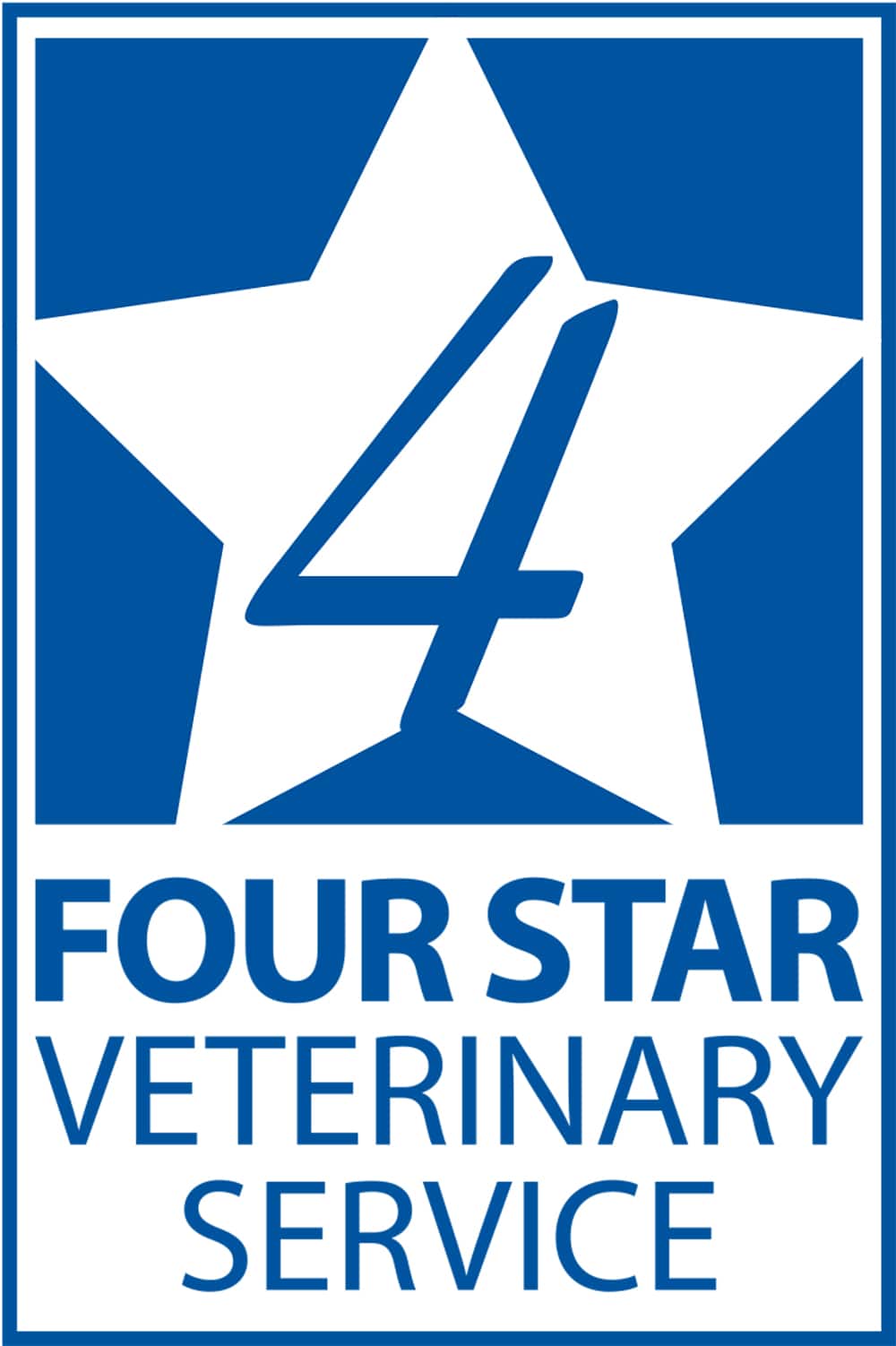The cause of high sow-mortality rates may be tough to determine, but producers can take steps to address the problems and lower rates.
Biosecurity needs regular maintenance to keep out disease
Hog production today involves detailed biosecurity plans to prevent disease outbreaks. But keeping up biosecurity protocols can become tedious.
